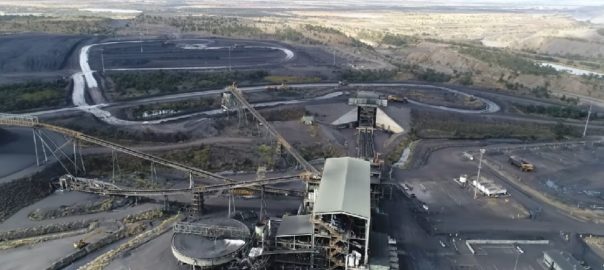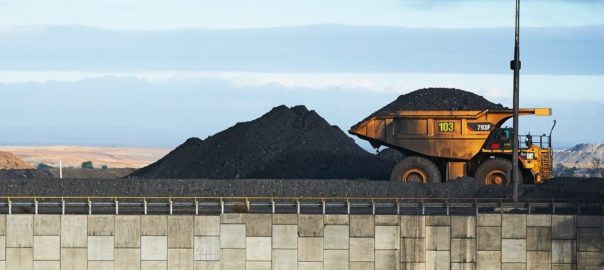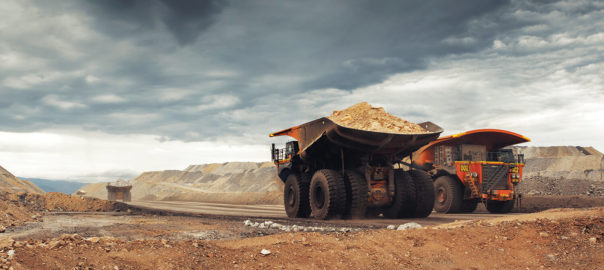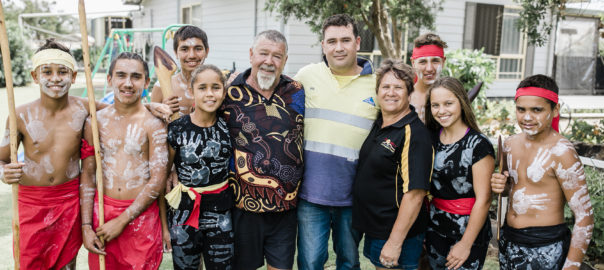BUMA Australia Pty Ltd has entered into a contract with Blackwater Operations Pty Ltd, a subsidiary of Whitehaven Coal Mining Limited, to provide pre-strip mining services at Blackwater mine, a metallurgical coal mine in the Bowen Basin, in central Queensland, Australia.
The announcement, made by PT Delta Dunia Makmur Tbk subsidiary, PT Bukit Makmur Mandiri Utama (BUMA) – which counts BUMA Australia as a wholly owned Australian subsidiary, comes hot on the heels of Whitehaven taking over the asset from BHP Billiton and Mitsubishi Alliance (BMA).
The contract is expected to contribute significantly to BUMA Australia’s revenue until June 2026, and an average annual production of approximately 36 million bank cubic metres of overburden removal. The contract with Whitehaven Coal is a continuation of the services that BUMA Australia had provided at Blackwater mine with BMA.
Dian Andyasuri, Director at Delta Dunia Group, said: “We are pleased that Whitehaven Coal has recognised BUMA Australia’s extensive expertise at the Blackwater mine – a true acknowledgment of our legacy of excellence in the region. This new contract shows that BUMA Australia’s stellar reputation and expertise are recognized and trusted by industry-leading mine owners. BUMA and Delta Dunia Group are committed to fostering strong, enduring relationships and prioritizing the success of our clients.”
Since May 2012, BUMA Australia has been a key player at the Blackwater mine, partnering successfully with BMA, the company says. This experience has refined BUMA Australia’s capabilities in truck and excavator pre-strip
operations, enhancing its understanding of the site’s dynamics and operational challenges.
Colin Gilligan, CEO of BUMA Australia, said: “This new contract cements BUMA Australia’s reputation in the Bowen Basin, where we provide pre-strip and coal mining services to the metallurgical coal industry at the Blackwater, Goonyella Riverside and Saraji mines, as well as at the Broadmeadow East and Burton mines. Following Whitehaven’s acquisition of the Blackwater mine from BMA, we are eager to contribute to their operational success. Our track record of safe, efficient and consistent performance at Blackwater strengthens our confidence in our ability to deliver for Whitehaven Coal.”

















